Carbon Sequestration through Climate Investment in Forests and Rangelands (CS-FOR) in the Kyrgyz Republic
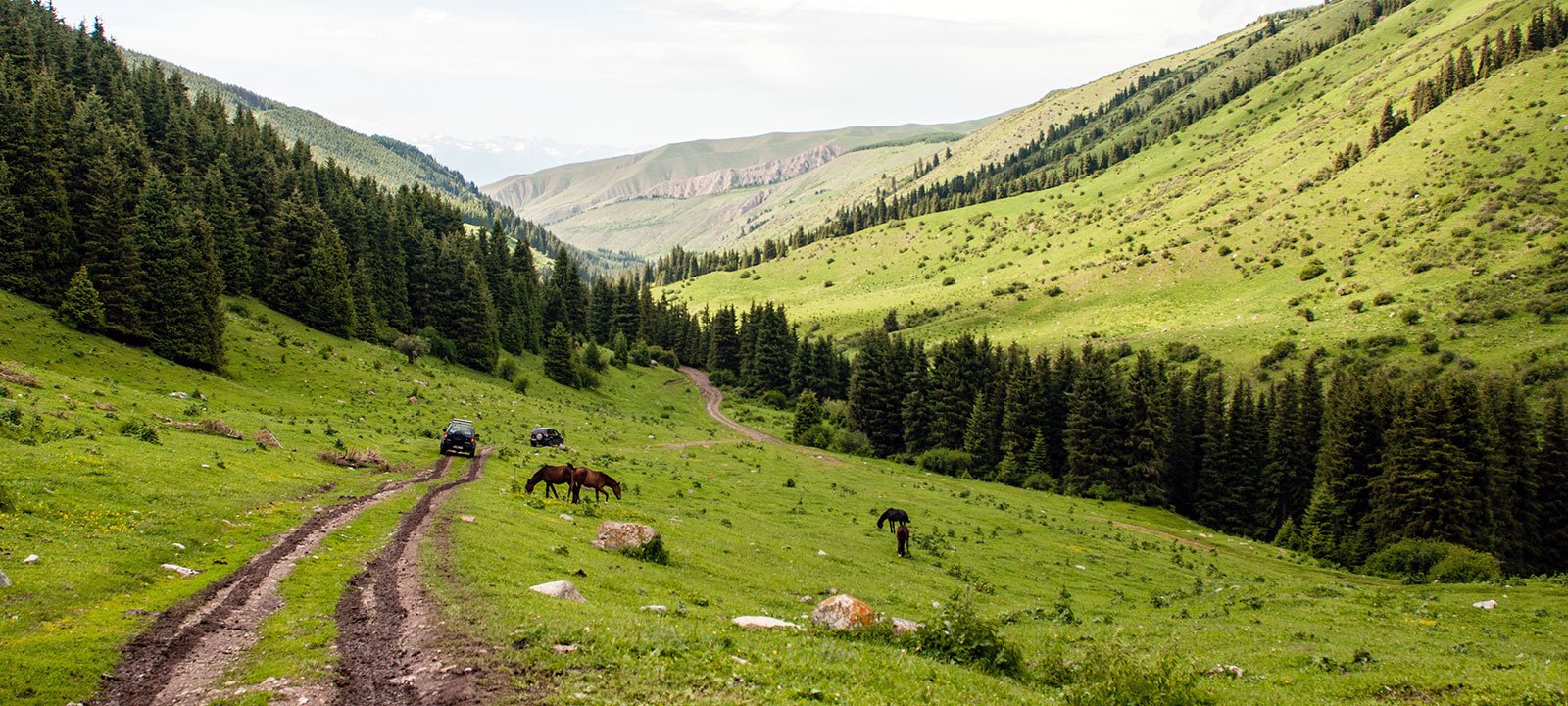
Summary
Through a combination of adaptation and mitigation strategies in the forestry and policy sectors, this project in Kyrgyzstan aims “to contribute to the development of a low carbon-emission and climate-resilient economy, while capitalizing on important co-benefits from adaptation and disaster risk reduction”.
Being a mountainous nation, glaciers, high-altitude lakes, and forests are part of the characteristic landscapes of the Kyrgyz Republic. Mountains in the country provide a large number of environmental goods and services and permit the sustaining of relevant economic activities. But, as the climate continues to change, various impacts also emerge and advance. According to a feasibility study conducted under the project proposal, observations show an increase in the country’s average annual temperatures (especially during the winter months) and a slight decrease in annual precipitation amounts occurring in recent decades. These trends affect the functioning and stability of ecosystems and, coupled with the degradation of natural resources due to human activity, are compromising the provision of ecosystem services to the local population and leading to increased risks from extreme weather events.
This project focuses on reducing the drivers of land degradation, enhancing the capacities of national institutions, and promoting sustainable management and green growth investments. Its implementation is the result of the national government’s commitment to meet its Intended Nationally Determined Contributions (INDCs) set out in the Paris Agreement which seeks to reduce the country’s greenhouse gas emissions by 35-37% by 2050. The project activities mainly target forest and rangelands and are contained within three components:
- Component 1. Evidence-based Strengthening of Natural Resources Management Governance
- Component 2. Green Investments for Forests and Rangeland Rehabilitation
- Component 3. Climate-sensitive Value Chains Development
Overview
- Location:
- Implementation sites:
- Single country
- Multiple locations
- Mountain region:
- Tien Shan range
- Province:
- Naryn, Jalal-Abad, Jalal-Abad, and Osh regions
- Site locations:
Ak-Talaa, Toguz-Toro, Suzak and Uzgen districts
- Solution scale:
- Ecosystem type(s):
- Solution type(s):
- Climate impact(s) addressed:
- Impact time-scales:
- Co-benefits:
- Implementation timeline:
- 2020 - 2027
Solution details
Main beneficiaries & outcomes
The project is being implemented in four districts: Ak-Talaa in the Naryn region, Toguz-Toro and Suzak in the Jalal-Abad region, and Uzgen in the Osh region. These areas were selected based on their high level of exposure and sensitivity to climate change stressors, mitigation potential, human poverty, and dependence on natural resources.
Targeted beneficiaries are local communities, Leskhozes (forestry companies in charge of local management of the State Forest Fund territory), national parks, local self-government bodies, community organizations, and the private sector. In the four districts, the solution will directly benefit an estimated 432,450 people by improving ecosystem services and providing livelihood opportunities. The measures introduced will facilitate investment towards employment diversification, while reducing communities’ dependence on the direct use of natural resources such as timber and pasture and increasing efficiency and competitiveness. Besides ensuring the equitable distribution of benefits between men and women, special attention is being paid to ensuring the benefit of socially disadvantaged population groups, such as poor families, female-headed households, and youth.
Planning and implementation
The implementation of the project is being carried out under the overall political direction and guidance of the Climate Change Coordination Commission (CCCC), the national institution responsible for climate change-related affairs. It is jointly executed by FAO, the State Agency for Environment Protection and Forestry (SAEPF), and the Community Development and Investment Agency (ARIS by its Russian acronym).
To ensure the quality of the project’s results, sustainability, and impact, as well as to approve possible modifications and other important decisions, a Project Steering Committee (PSC) has been established with the participation of key stakeholders such as decision-making officials, civil society, and the private sector. Likewise, a Project Management Unit (PMU) was also formed, led by a senior international technical advisor on forestry, rangelands and governance recruited by the project. It consists of a group of technical experts and is responsible for overall project management, provision of technical guidance and support, monitoring, coordination of project activities, development of work plans, and reporting.
The initial planning process was led by a monitoring and evaluation (M&E) and planning team leader, also responsible for the project monitoring and evaluation. Both the project area and beneficiaries were selected during the project design phase.
Finance
The project is mainly financed by the Green Climate Fund (GCF) with a grant of $29.99 million, which represents 60% of the total project costs. In addition, the Russian-Kyrgyz Development Fund (RKDF) and national government institutions (SAEPF, MAFIM, and ARIS) are also providing co-financing of $15 million and $0.9 million, respectively. Meanwhile, it is expected that the beneficiaries will contribute about $3.6 million through in-kind work activities, materials, and their own investment resources under Component 3.
|
Funding Entity |
Amount (million US$) |
|
Green Climate Fund (GCF) |
29,988,520 |
|
Russian-Kyrgyz Development Fund (RKDF) |
15,000,000 |
|
State Agency for Environment Protection and Forestry (SAEPF) |
340,000 |
|
Ministry of Agriculture, Food Industry and Melioration (MAFIM) |
317,000 |
|
Community Development and Investment Agency (ARIS by its Russian acronym) |
342,480 |
|
Beneficiaries |
3,602,000 |
|
Food and Agriculture Organization (FAO) |
400,000 |
|
Total project cost |
49,990,000 |
Source: Green Climate Fund, 2019.
In terms of funding distribution, 11% of the total amount will be allocated to component 1, 45% to component 2, 39% to component 3, and 5% to the project management component. The financial costs and benefits of all component’s output were analysed as part of the Feasibility Study carried out in 2019.
Innovation
One of the main and most innovative elements of the project is the development of green value chains under component 3, which aims to ensure the sustainability of investments in carbon sequestration activities carried out under component 2, as well as to create economic opportunities with limited risks. In addition to reducing pressure on natural resources and land, this contributes to improving the resilience of target communities. Meanwhile, the GCF grant mechanism itself also represents an innovative aspect of the co-financing components, helping to enhance the public-private partnership to promote climate-related investments within the project.
Performance evaluation
As the project is still in the implementation phase, there is no information yet on the completion of a performance or impact evaluation, however, independent mid-term and final evaluations are planned.
The solution is aligned with FAO’s standard monitoring and evaluation procedures and the GCF performance measurement framework and follows an evidence-based results-based management (ERBM) approach. It employs a combination of tools based on field data collection, geo-referencing, and geospatial analysis, which are essential for monitoring and evaluating the project’s achievements against its objectives. Some of the indicators previously established for this purpose are tons of carbon dioxide equivalent reduced, cost per CO2 equivalent reduced, number of direct and indirect beneficiaries, number of innovative technologies and solutions transferred or licensed to support low-emission development, hectares of land or forests under improved and effective management contributing to the reduction of CO2 emissions, among others.
Long term project sustainability and maintenance
The sustainability of the measures implemented in the project is mainly secured by Component 3, co-financed by the Russian-Kyrgyz Development Fund (RKDF), which will ensure investment in carbon sequestration actions. Likewise, the economic and future sustainability of forests and pastures is sought through the investment in forest restoration in state-owned forest areas, where forests are not used for direct economic use, but rather serve to provide ecosystem services to communities.
In terms of maintenance, it is considered that the proposed activities or the use of new technologies will not increase operational costs for the institutions or other beneficiaries. Instead, they will strengthen the effectiveness and efficiency of planning and management, increasing the capacity to control natural resources and thus decreasing the risks of inefficient expenditures and the possibility of not detecting the negative effects of climate change. On the other hand, instead of developing new systems, the project is using existing systems such as the geo-referenced monitoring and evaluation system that have been improved and will be operated and maintained within governmental structures.
Capacities for design and implementation
Knowledge
Scientific information has been an important resource for this solution, as the different project activities have been designed on an empirical basis. Data and analysis, such as the feasibility assessment with the generation of different climate scenarios for the selected regions, helped in the selection of the project area and the development of the strategies.
The knowledge provided by the Kyrgyz Forestry Institute under the Academy of Sciences was also used to identify the main tree species to be planted, adjusting to the future conditions of the participating areas according to climate scenarios. In addition, actions in Component 1 make use of data from the Forestry Assessment, a tool containing an inventory of the Kyrgyz Republic’s forests that was developed by FAO and the State Agency for Environmental Protection and Forestry with the support of key stakeholders in the forest management sector.
Knowledge and understanding of local forest resources are provided by Leskhoze staff.
Technology
The technological capabilities of the various stakeholders have also been a useful instrument for project development. Technology was used during the baseline assessment for the selection of the project area, is being integrated as solutions for beneficiaries, and will be used to evaluate project achievements (e.g., through geo-referencing). For instance, using the Earth Map tool, the levels of vulnerability of ecosystems and communities to climate change were initially estimated. Furthermore, the project is promoting the adoption of theologies and practices that have been widely tested in similar contexts such as solar dryers, drip irrigation, solar pumps, no-till technique to achieve its objectives and ensure sustainable practices.
Political / Legal
The Kyrgyz government’s motivation and clear mandate were the most important drivers for the creation of the project. As previously noted, this solution arose from the country’s commitment to meet its Intended Nationally Determined Contributions (INDCs) under the Paris Agreement.
Meanwhile, important policy and strategic documents such as the National Development Programme, the National Sustainable Strategy, and the Climate Change Adaptation Programme and Action Plan for the Forest and Biodiversity, demonstrate the country’s interest in establishing adaptation and mitigation objectives that will help the transition to a more sustainable and efficient pathway that takes climate change into account. According to the preliminary analysis conducted for the project, harmonized legislative and legal frameworks, together with improved institutional systems, will enable scaling up national investments in carbon sequestration through forest and rangeland management and will increase the effectiveness of future efforts to achieve the country’s INDC targets.
Institutional
Key stakeholders in the solution include multiple public and private sector institutions, as well as international organizations and local communities, who have been working closely together and maintaining regular discussions from the early stages of the project for joint and informed decision making. This is an important aspect that not only promotes institutional coordination for the achievement of common objectives, but also supports participatory and responsible ecosystem-based natural resource management. In this case, the creation of the Project Steering Committee (PSC) and the Project Management Unit (PMU) facilitates coordination.
Socio-cultural
Local groups and civil society are collaborating in the planning and implementation of the project in several ways. First, through initial consultations at the district level, they helped ensure that the project is appropriate and that its design responds to local and national needs. These consultations involved more than 40 stakeholders, including representatives of local self-governments (ayil okmotu), forestry companies (Leskhoze), pasture committees, women’s councils, and traditional councils of elders. In addition, there are also selected representatives from civil society and the private sector (women and men) who participate as observers in the National Stakeholder Platform of the Project Steering Committee, which is responsible for ensuring operational guidance of project implementation. Beneficiary representatives, such as participating communities and Community Landscape Management Groups, will be invited to meetings in accordance with their specific interests and concerns.
Outlook & Scalability
Barriers and adverse effects
In accordance with FAO’s Environmental and Social Safeguards, an initial risk assessment was carried out during project formulation, which reported a low overall risk, with moderate risks in procurement procedures. In this case, the potential environmental risks are not significant, irreversible or cumulative, however, risks related to institutional coordination, gender inequalities and unequal participation of other vulnerable groups, are of particular concern. Mitigation actions appropriate in this regard have nevertheless been included and are expected to alleviate the potential for negative impacts. As implementation is still ongoing, information on barriers encountered is not yet available.
Transformation and future outlook
This solution seeks to support long-term transformational change with respect to climate change responses by strengthening the institutional and legal framework at the national level, which serves as an umbrella for these and future actions. Simultaneously, this is also assisted by the improvement of knowledge and institutional capacities on the subject.
By promoting sustainable and more efficient use and management of natural resources, the project aims to improve the condition of forests and increase their resilience and capacity to store CO2.
Potential for upscaling and replication
Due to the harmonized legislative and legal frameworks, it is estimated that the solution has great potential to be implemented on a larger scale by the Government of the Kyrgyz Republic and the project’s development partners. It is expected that they will continue to invest in carbon sequestration or similar activities in line with the transformative approach that the project adopted. Moreover, the project’s strategy for carbon sequestration is also thought to be replicable in other countries, especially in Central Asia, where much of the agricultural land are rangelands and the economic structure is similar.
Finally
Acknowledgments
This content was prepared using official project documentation obtained through the Green Climate Fund (GCF) project portfolio, available at https://www.greenclimate.fund/project/fp116#details. The description of the solution reflects the views of the authors and not those of the GCF, the Food and Agriculture Organization of the United Nations (FAO), the Government of the Kyrgyz Republic, or any other project collaborator. Julia Aguilera Rodriguez completed the survey, while Simon Allen reviewed the solution description.


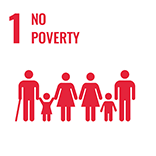
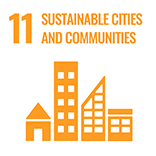
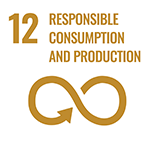
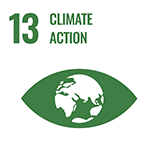
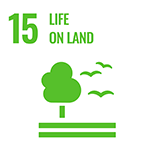
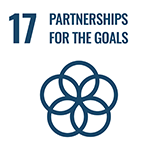
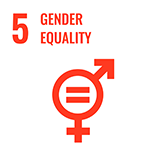
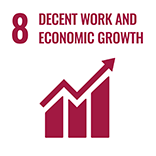
(0) Comments
There is no content